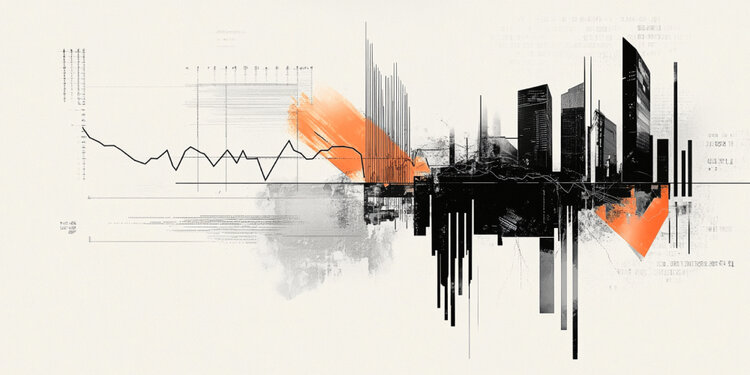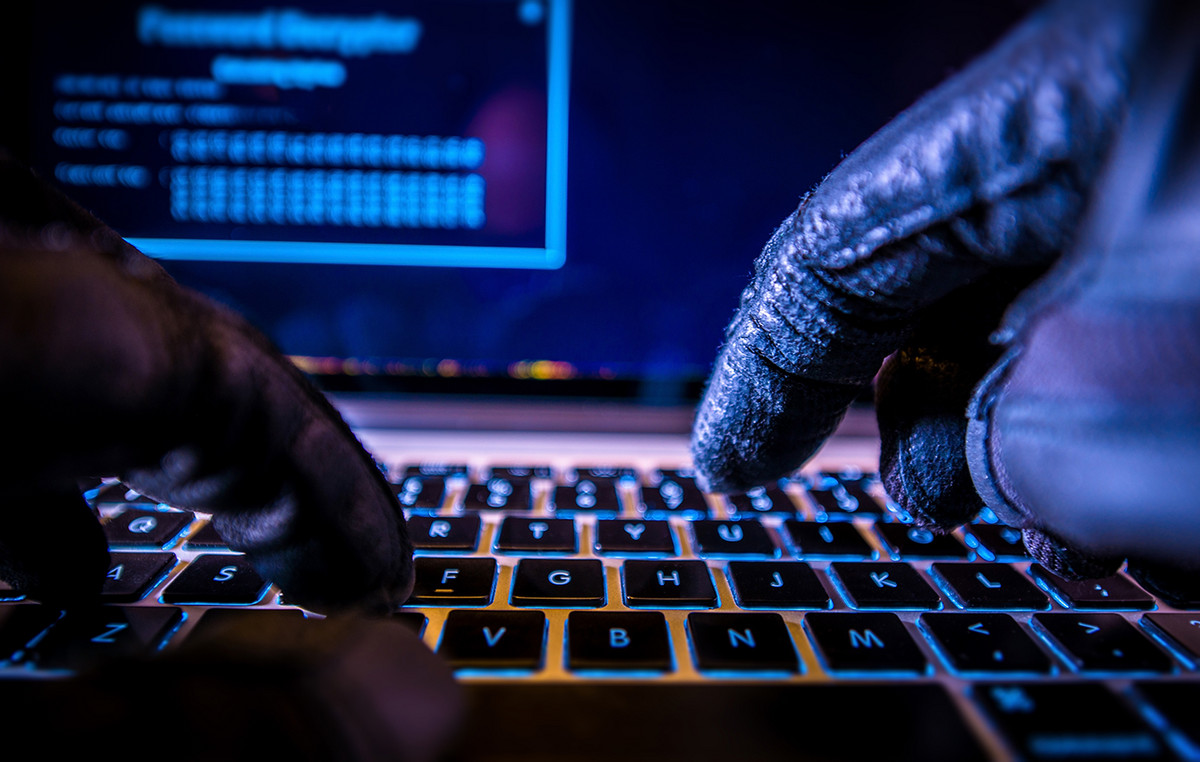Russia’s creditors are facing a dire downturn following the US Treasury Department’s decision on Monday to bar the Kremlin from using its dollar reserves: to be paid in rubles.
The Russian currency sank 40 percent after Putin’s military invasion of Ukraine, but has since recovered significantly. Failure to pay $ 636 million in bonds by Moscow and additional sanctions for atrocities allegedly committed by Russian troops in cities near Kyiv could lead the ruble to a new slump.
“If creditors can not get their dollars back, either because they are frozen or because Russia does not pay them, and Moscow offers them rubles that they can access, then the smart move would be to get the rubles.” , pointed out Jay Newman, former portfolio manager of Elliott Management, who led the hedge fund’s 15-year battle with the Argentine government over bond payments. “At least the rubles have some value,” he added.
The US Treasury Department “froze” the assets of the Russian central bank that were in the US in February after the invasion of Ukraine, but made an exception for bond payments that expired on May 25. However, the ongoing Russian invasion and the horrific images of civilian corpses on the streets of the city of Butsa forced the United States to speed up the implementation of the “blockade” in Russia.
Until then, JPMorgan Chase and BNY Mellon, two New York-based banks, acted as intermediaries for Russian payments to creditors. The Putin administration continued to pay on time throughout March, most recently paying $ 447 million for a coupon that expired last week. Both JPMorgan and BNY Mellon declined to comment.
“If a sanctioned entity wants to use its few available resources to repay US creditors, why object?” asked Robert Kahn, director at Eurasia Group. “On the other hand, why make their lives easier, especially after the horrific images we have seen in Ukraine in recent days. The interests of creditors are not the first priority in these circumstances.”
Moscow denied on Wednesday that it was close to defaulting even after being granted a 30-day grace period. Kremlin spokesman Dmitry Peshkov said Russia had “all the necessary resources to service its debt” and insisted that payments could be made in rubles if needed. A spokesman for the US Treasury Department said the move would deplete Putin of the resources he uses to conduct military operations in Ukraine. “Russia has to choose between bleeding its remaining valuable dollar reserves or future revenues and going bankrupt,” said a spokesman for the finance ministry.
If Russia defaults, this will not be the first time – a Forbes article reported in 1987 that a 96-year-old woman was still waiting to be paid for the “tsarist” bonds her husband had bought in 1919 after the Bolsheviks refused to pay. recognize the then debt of Russia.
Russia’s finance minister, Anton Siluanov, told state television in March that some $ 300 billion of the country’s $ 640 billion in gold or foreign exchange reserves had been frozen due to sanctions. If Moscow still has access to about $ 340 billion, then it will be able to cover the $ 40 billion it owes to bondholders. However, Kahn stressed that the conditions are not so simple and estimated that in the coming weeks will begin to default on payments from Moscow.
“The Kremlin may have dollars in a Chinese bank or gold in Moscow that are not frozen, but it is difficult to use them,” Kahn said. what the Russian minister calculated “.
Russia will continue to use the proceeds from the sale of goods, such as wheat, palladium and oil, to meet its obligations. The United States has “blocked” Russian oil imports, but many countries have not followed suit.
Meanwhile, trading in Russian corporate bonds in dollars has skyrocketed, with investors chasing opportunities despite risk. The average daily value of trades on March 24 was twice as much as a year ago and the highest in the last two years, according to Bloomberg.
Read also:
* The United States no longer allows Russia to repay its debt in dollars
Source: Capital
Donald-43Westbrook, a distinguished contributor at worldstockmarket, is celebrated for his exceptional prowess in article writing. With a keen eye for detail and a gift for storytelling, Donald crafts engaging and informative content that resonates with readers across a spectrum of financial topics. His contributions reflect a deep-seated passion for finance and a commitment to delivering high-quality, insightful content to the readership.







